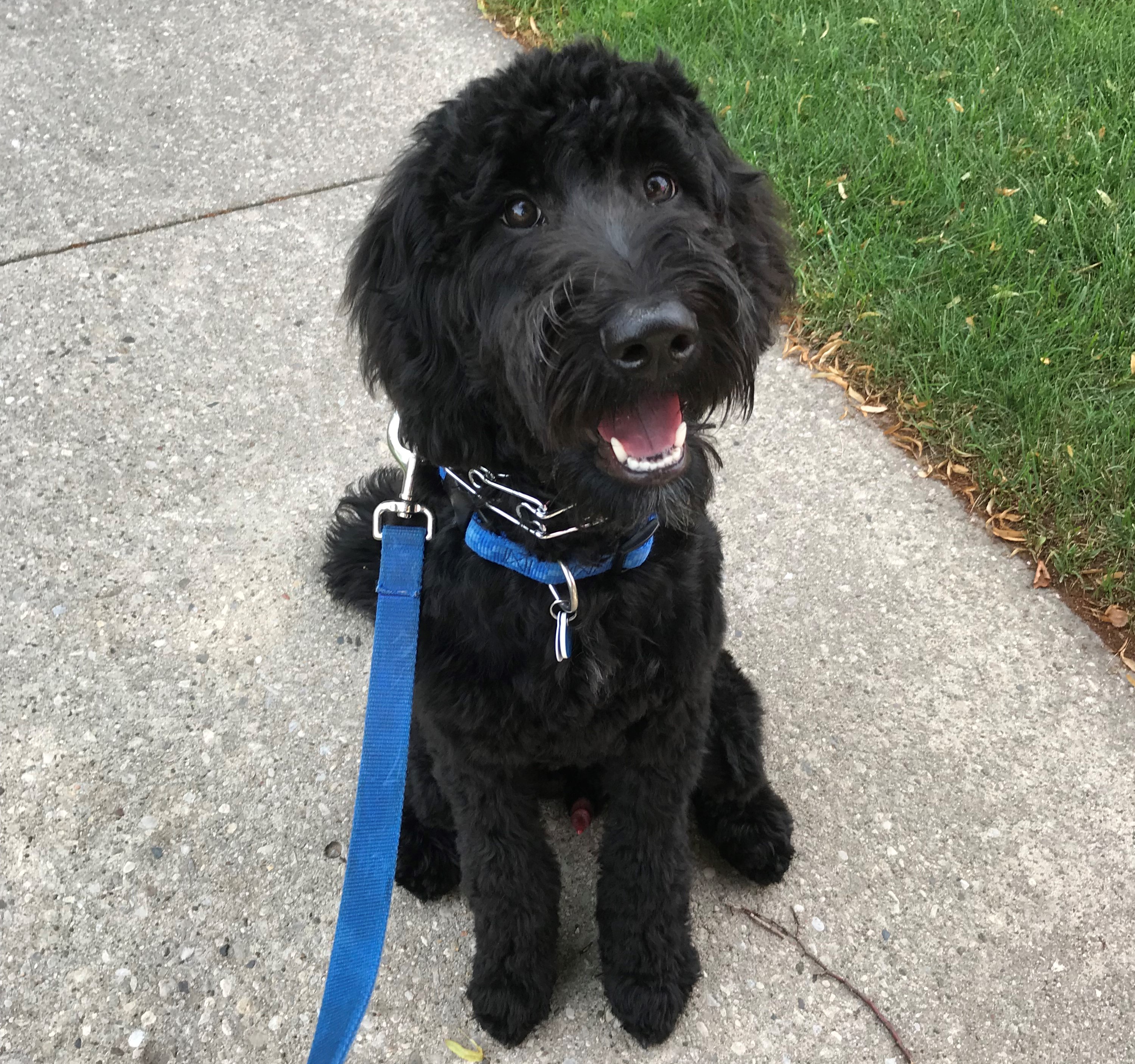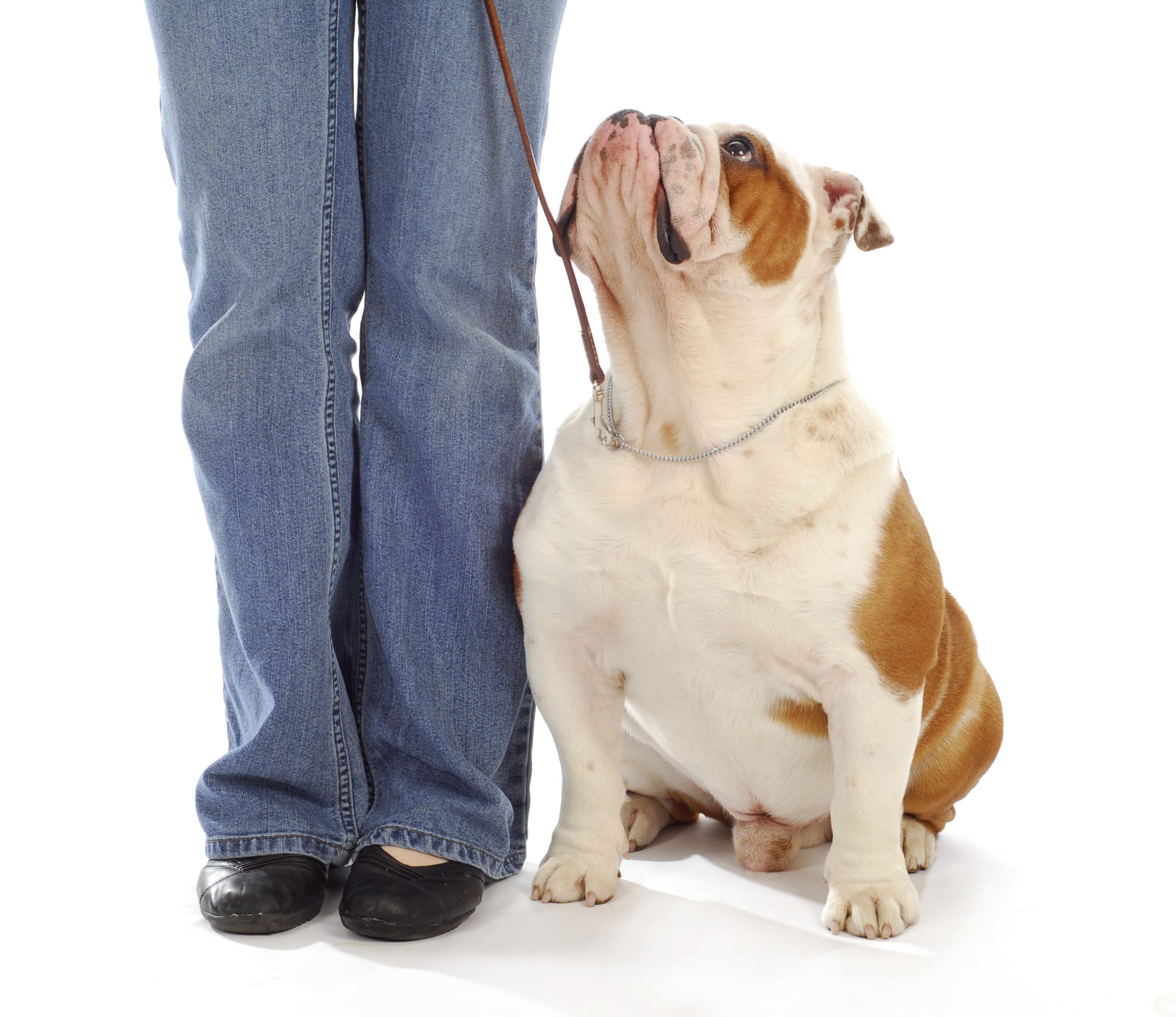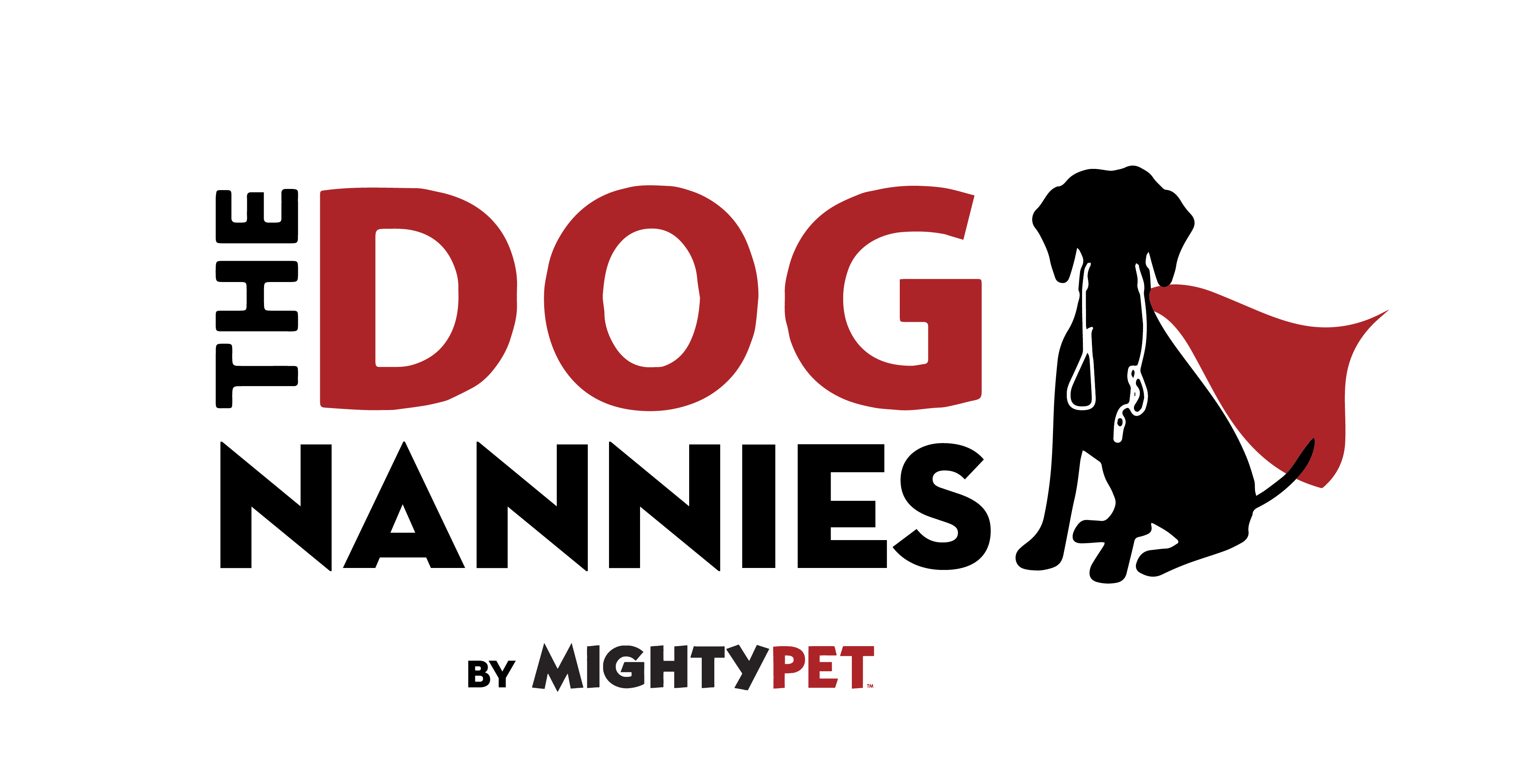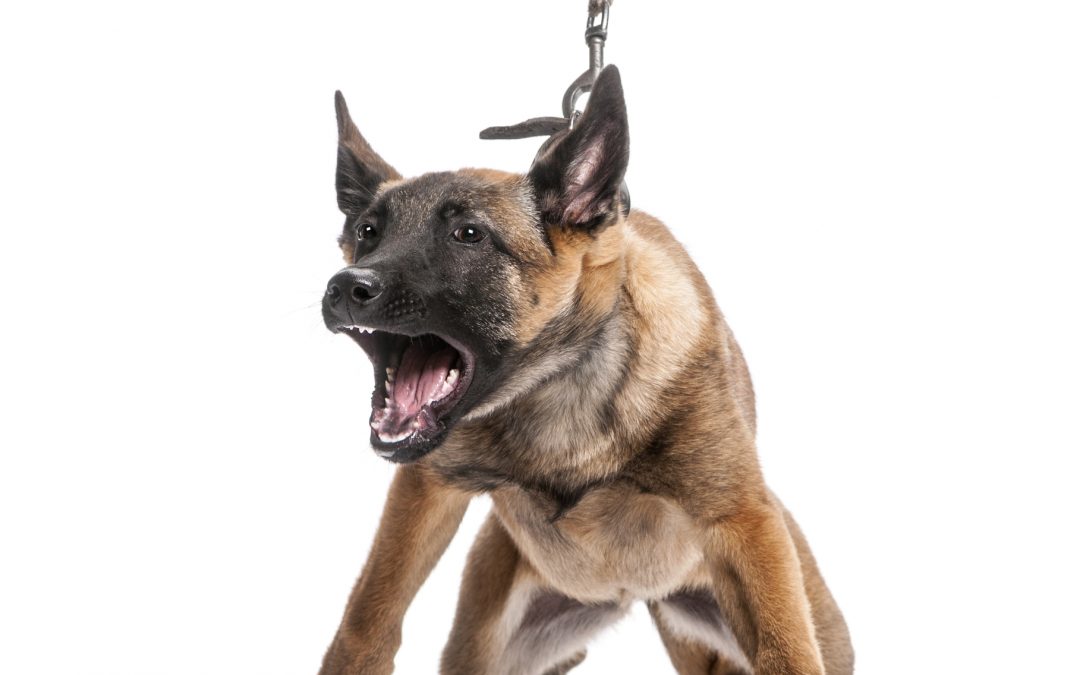Training Dogs in Marinette Not to Pull on Leash
Keeping your dog leashed while walking in public places helps them stay safe and clean, and it makes you a good pet parent. But what if you don’t have the confidence to take your pup out because they are a nightmare and you just don’t know how to train your dog not to pull on leash?
Here are some steps to help you teach your pup proper walk etiquette:
 Special Equipment
Special Equipment
A gentle leader, Halti collar, or front-attach harness can help you train your dog not to pull on leash. The gentle leader and Halti collar are very similar. Both are worn on the dog’s head to prevent pulling. The main difference is that the Halti collar has a safety strap that connects to your dog’s regular collar as an extra precaution to avoid your dog getting free. These collars may look like a muzzle, but they are far from it. The straps wrap around the nose and mouth of the dog and then around the back of the head to secure it. The dog still has the full ability to pant, bark, eat, and drink. The way the collars work is by giving you control of your dog’s head. If you stop, their head will turn to face you if they continue forward. As their head turns, so will their body. https://ourdogsworld101.com/what-is-a-halti-collar-the-pros-and-cons/
The front-attach harness employs a similar idea to the gentle leader and Halti collars. When your dog pulls, the placement of the leash spins them back towards you. The ideal place for your dog to walk is right by your side. With the leash attached to the front of your dog’s chest, this puts them in the perfect position. The leash location with other harnesses or collars may encourage your dog to walk ahead of you, which can promote a pulling behavior. https://pethelpful.com/dogs/-Front-Attaching-Harnesses-for-Dogs
Training Technique 1:
Stop moving forward when your dog pulls. This will teach them they aren’t going to get where they want to go if they pull. It may take some time to get anywhere but practicing the Red-light Green-light Training Technique is a wonderful way to teach your dog not to pull on leash and what it is exactly that you do expect from them.
Begin with your dog at your side with their focus on you. You will want them to acknowledge you by looking at your face or making eye contact, but this can vary by dog or even by skill level. At the start, you may accept a general head turn in your direction. You may advance to wanting a full stare. The main idea is to know your dog is ready and listening. Once you have their attention, you will walk forward. You’ll want to keep a loose leash. This means you can have your arm at your side in a general resting position without your dog tensing the leash and lifting your arm. As soon as you feel the leash tense and your arm begin to lift, you stop in place. For your dog, the walk (fun) has ended. Coax your dog back to the start position (at your side) and wait until you get their focus once again. This may take some time at the beginning, be patient. You can use treats if your dog is food motivated or you may have to turn around in a complete circle with your dog to “reset” them. Once you’re in place and focused, you walk forward again until you feel the pull. Repeat this routine. Using treats and saying “good!” in a light, happy tone are great ways to encourage your dog. It may take a LOT of practice, and patience, but if done consistently and properly, the benefits are worth it!
Training Technique 2:
Another training game you can use with your dog is called 1-2-3. It’s pretty simple and the skill level can be increased or decreased depending on your dog’s ability. You will want to begin the same way as red-light green-light with your dog by your side and focused. As you walk forward, count “1” on the first step, then “2” on the next, then “3!” on the third step. It helps if you emphasize he “3” to get their attention. As soon as the word 3 comes out of your mouth, place a treat next to your foot for a reward. I personally like my dog to walk on my left, so I start walking on my left and always end on my left foot. The point is to make sure the reward goes on the side you want your dog to walk on and next to you rather than in front of you because ultimately, our dog should be by our side. When your pup gets accustomed to hearing the 1-2-3, they will begin to look for a treat when you say 3. If they know the treat is always in the same place at your foot on the left side, they will stay close to that position. Reward your dog with treats when he walks by your side and use a verbal cue like “good!” when he’s doing it right!
As your dog becomes aware of the rules and expectations, you should spread your count over longer distances. If they have a difficult time with say, 10 steps per count, dial it back. Each dog will learn at different rates. Challenging them to some extent is ok, but you never want to push them to the point they feel defeated. Even if you must backtrack a little, always try to end any training session on a positive note!
 Where to Practice Training Your Dog
Where to Practice Training Your Dog
Begin by sticking close to home and walking around your yard or in an area where there aren’t a lot of distractions. When your pup is doing great in this area, expand their world and maybe head out on the sidewalk. Training will likely be more difficult with the new sights, sounds and distractions this will add. If your pup is catching on, and continuing to improve, keep it up! If the new area is just too much, and your training is falling apart, go back to your yard and continue to work there. Continue to venture out when your dog is doing well but take a step back to what they are good at when they start to struggle. They will master the new area in time! Remember, dogs (like people) can get burnt out doing the same thing over and over. Switch things up! Take breaks between training sessions for a fun play session. Not only will it give the dog a little break, sometimes burning that excess energy can improve their focus during training.
Training Rewards – More Than Just Treats
Always reward your dog for a good training session by allowing them to sniff and explore. All work and no play isn’t great for your pup – they need a little “free-time” to explore and experience new things on their walks. Sniffing is great mental stimulation and just as important as physical exercise.
 The Three Keys to Success: Dedication, Consistency, Patience
The Three Keys to Success: Dedication, Consistency, Patience
Training to the level of behavior you’d like to see in your dog may take months. The keys to success are:
- Dedication to practice in short sessions every day.
- Consistency on your part so your pup catches on to your expectations.
- Patience in understanding you will have good days where you are sure your dog is a genius, and bad days when you’re wondering what you have gotten yourself into!
Put the three of these together and you’ll soon be able to enjoy walking your dog around with confidence and ease.
Check out our other pet tips here and join us on facebook and instagram.

